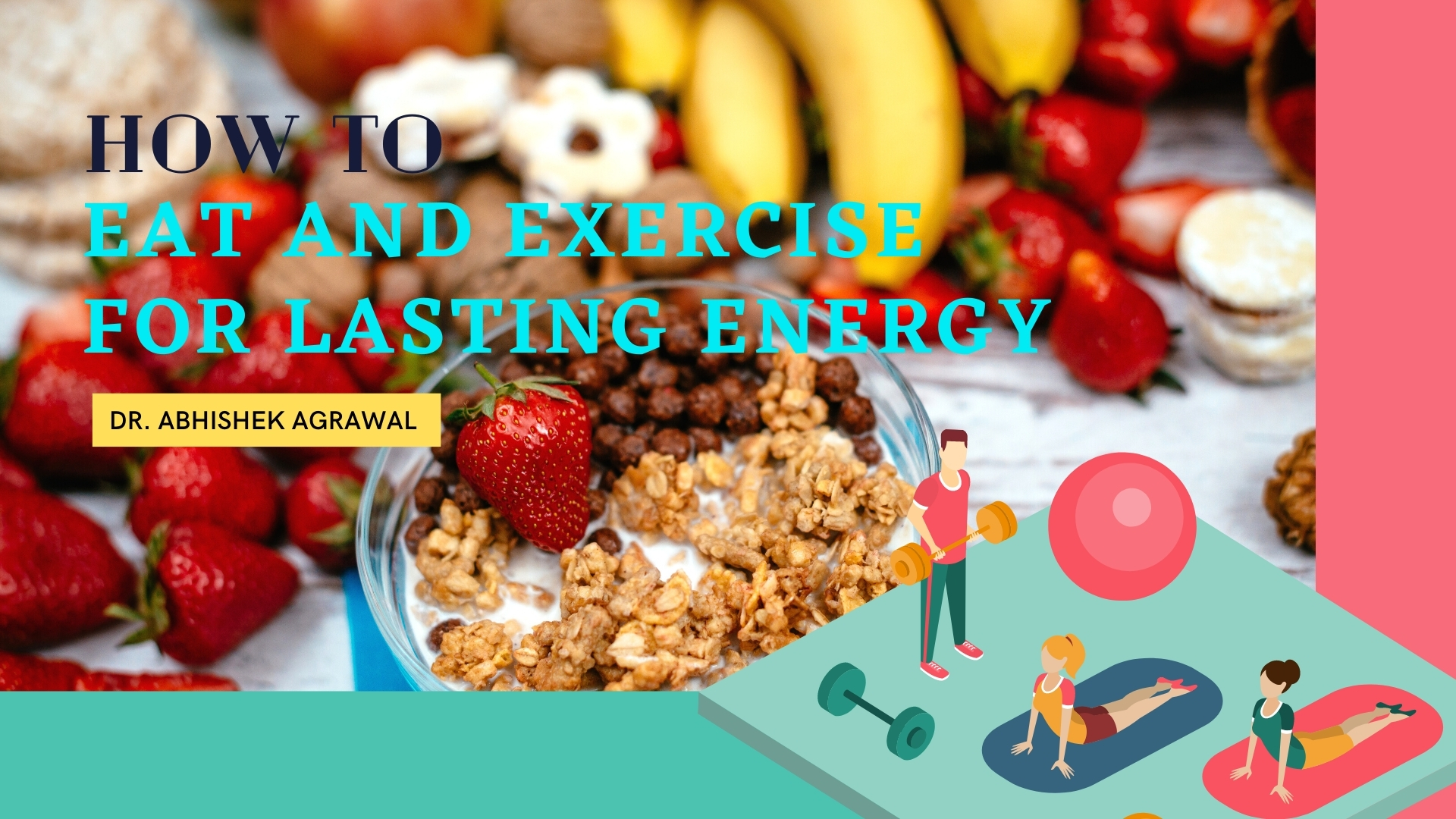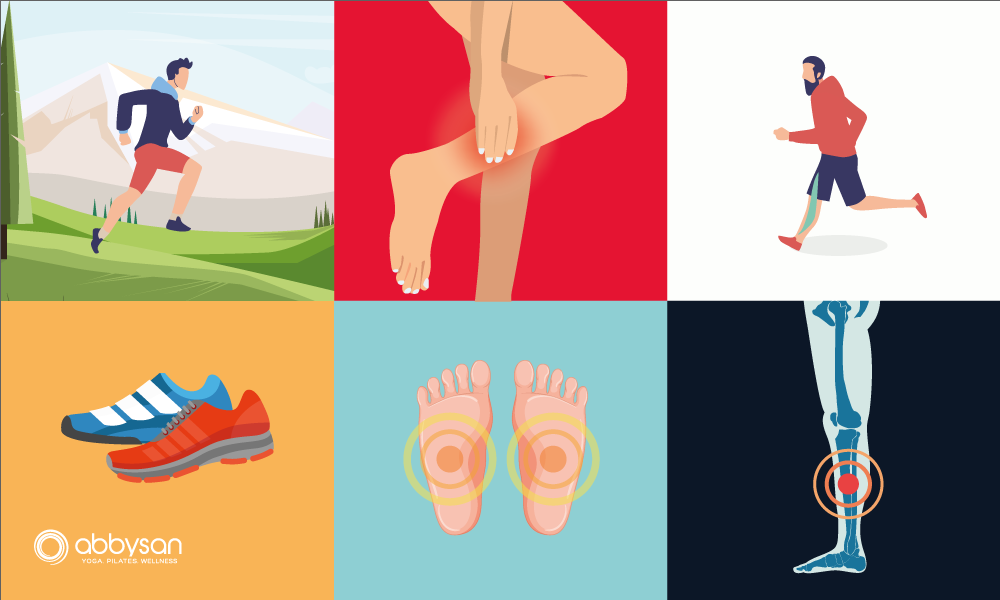Research suggests that about one in four adults experiences fatigue, tiredness, and exhaustion unrelated to severe clinical conditions. If you intend to wake up feeling supercharged and efficiently sail through the day with ease and more enthusiasm, the solution might be simple.
While advertisements that promote energy or power food and beverages and the health food shops and their products promise to increase vigor, simple lifestyle changes are usually more effective. Learn how healthy eating and regular exercise can give you lasting energy.
Healthy And Balanced Eating for Lasting Energy:
- Select healthy carbs – Complex carbohydrates found in whole grains provide a steady source of energy. On the other hand, simple carbohydrates in cookies and other processed foods fluctuate your blood sugar, leaving you much more tired and exhausted. Have you ever noticed, you or your children had a sudden rise in energy just a few hours after eating macaronis, and depleting their energy?
- Control portions – Healthy fats and proteins provide some energy too. Please include them in your balanced diet in reasonable quantity. Too much healthy fat and protein can slow digestion, making you feel sloppy and fatigue.
- Lose excess weight gradually – If you want to lose weight, rather than depriving yourself of energy with crash diets, aim to lose about one pound each week. Being overweight contributes to fatigue because the body has to carry around excess weight that may also interfere with sleep. When your sleep is regularly disturbed, you also have a tendency to overeat, leading to a never-ending cycle of gaining and losing excess weight.
- Enjoy breakfast – Studies show that a cheerful breakfast helps you to resist junk food later in the day. Add Greek yogurt, eggs, and fruit to your diet. If you like, eat salad and soup for some morning than your conventional breakfast foods.
- Eat snacks in moderation – If you often get hungry in between meals or feel sluggish after a big lunch; spreading your calories into smaller meals and snacking in moderation may help keep you on an even scale.
- Drink plenty of water – Dehydration can significantly lead to fatigue, particularly for adults and the elderly, who often become less sensitive to thirst. Keep a water bottle handy and sip some water as often as you can remember.
- Consume more iron – Younger women are receptive to anemia related to iron deficiencies. Foods rich in this mineral include honey, liver, beef, lentils, and spinach. Remember to squeeze lemon on any of the above, as vitamin C helps with iron absorption.
- Consider taking supplements – Most healthy adults can get the nutrients they need from food alone. Consuming quality supplements like multivitamins, B complex, and omega-3 and 6 fatty acids that you might be deficient in, but mainly 300-600mg Coenzyme Q10 per day, will increase your energy.
Intuitive Eating In A Diet-Obsessed World
Intuitive Exercise And Lifestyle Changes For Lasting Energy:
- Understand the impact – While you might think that you’re too tired to move, working out increases energy for several reasons. Your body grows more vital, and you release chemicals that make you feel happier.
- Exercise intuitively – Listen to your body, when it comes to exercise, You can still have a rough outline of the type of incredibly helpful workouts that especially increase your energy, such as Low and moderate-intensity aerobics, local fitness classes, Yoga, Pilates, walking or running or perhaps ride your bike, but you still want to be in tune with your body, and the forms of movement you feel like doing. After all the activities you choose should be fun and enjoyable for you.
- Quit Smoking – If you’ve attempted before, try again as it may usually take multiple efforts to succeed. Prolong use of Tobacco reduces your blood vessels’ diameter, reducing the supply of oxygen and nutrients.
- Limit Alcohol – Alcohol like Taquila may seem and make you feel like the life of the party, but alcohol in any form is a depressant.
Say goodbye to fatigue. A balanced diet and an active lifestyle can give you the energy you need to enjoy the activities you love and accomplish more with less effort.


